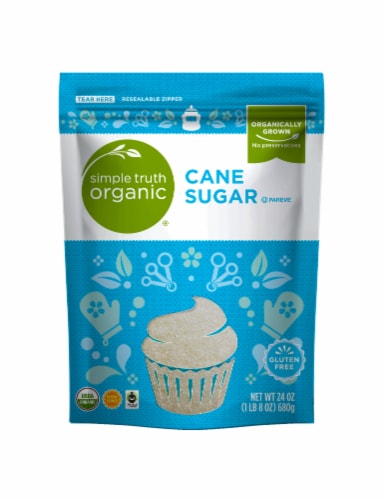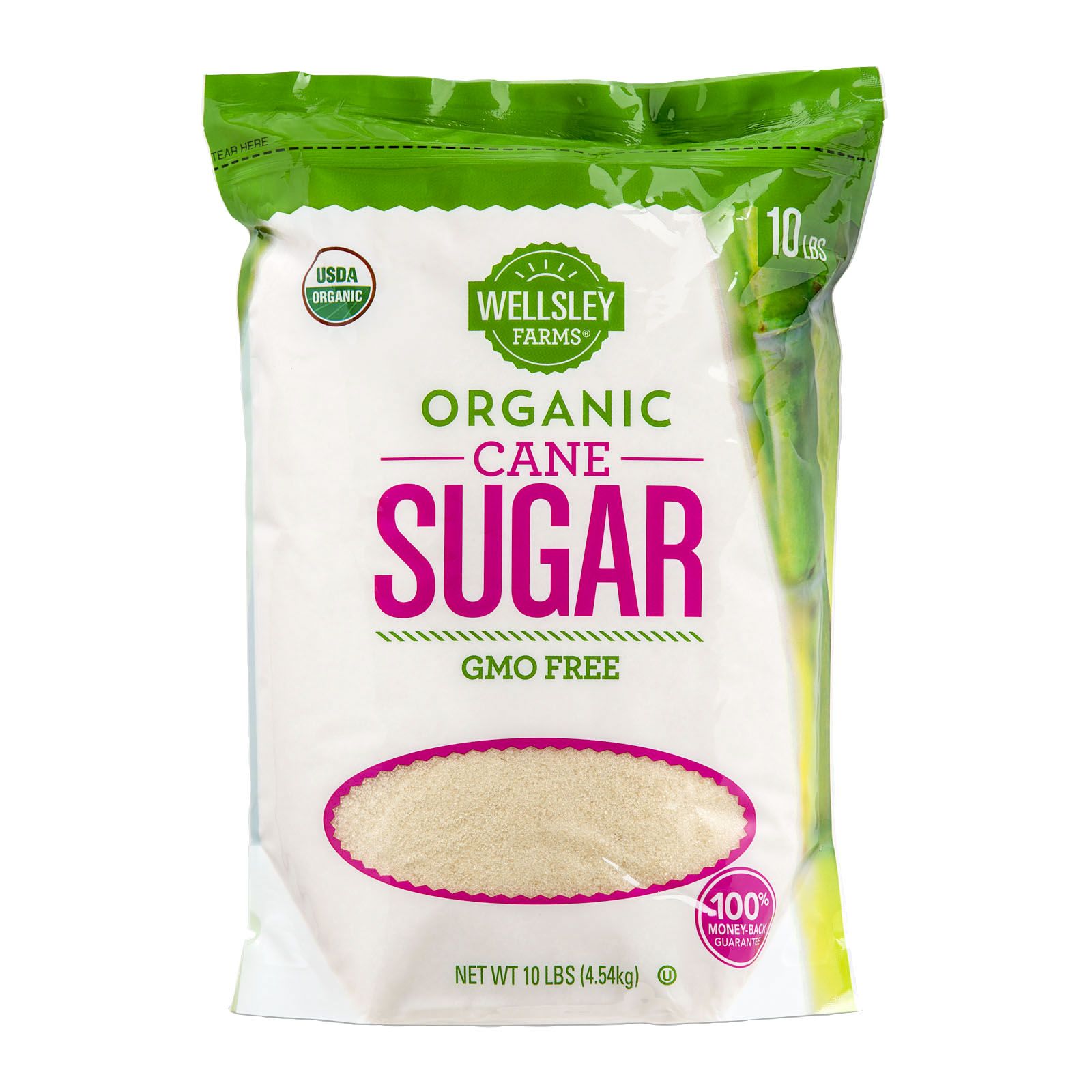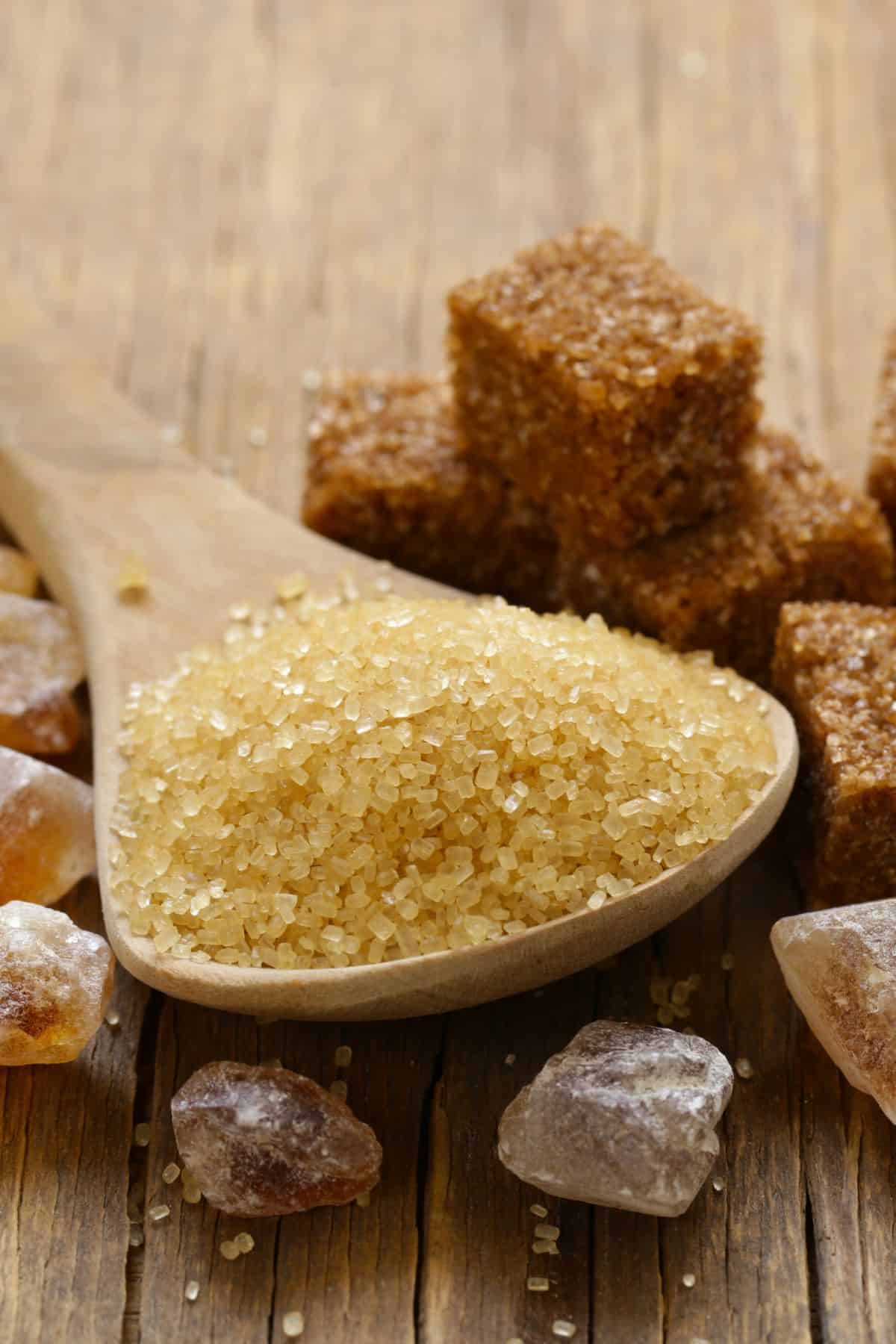Cane Sugar Processing: Key Technologies for Superior Sugar Manufacturing
Cane Sugar Processing: Key Technologies for Superior Sugar Manufacturing
Blog Article
Discovering the Comprehensive Tips Involved in Walking Stick Sugar Processing From Gathering to Improvement
The process of walking cane sugar production includes a series of detailed steps, starting with the careful harvesting of sugarcane and finishing in the improvement stages that make sure the last item meets market standards. Each stage, from the removal of juice to the filtration and crystallization procedures, plays a crucial duty in establishing the high quality and character of the sugar.
Collecting Sugarcane
Collecting sugarcane is an important action in the walking stick sugar processing chain, as it straight influences the quality and return of the last item. Correct timing and methods are important during this stage to guarantee optimum sugar material and minimize losses. Generally, sugarcane is collected when it reaches maturation, generally 12 to 18 months after planting, defined by a high sucrose focus.

Post-harvest, the sugarcane needs to be refined swiftly to stop sucrose destruction. Preferably, collected walking stick must be moved to refining centers within 24 hr to protect sugar quality. For that reason, effective logistical planning is important to preserve the stability of the harvested plant throughout the supply chain.
Removal Refine

The crushed cane goes through a series of pushing operations to maximize juice recovery. Generally, hot water is sprayed onto the smashed walking cane, producing a countercurrent flow that helps dissolve the sugar while additionally assisting in the removal procedure. The juice gathered from this operation includes not only sugar but likewise different organic compounds and impurities.

To enhance removal effectiveness, some facilities might utilize diffusion methods, where the sugarcane is saturated in warm water, allowing the soluble sugars to diffuse right into the fluid. The resulting juice, abundant in sucrose, is then guided to succeeding processing stages, laying the structure for filtration and improvement. The extraction procedure is thus pivotal in identifying the high quality and return of the final sugar product.
Purification Methods
The filtration methods utilized in walking stick sugar handling are crucial for changing the raw juice right into a top quality sugar item. These methods mostly intend to get rid of impurities, such as soil, plant materials, and not natural compounds, which can detrimentally influence the end product's taste and shade.
Among one of the most common filtration methods is information. This procedure involves adding lime and warmth to the raw juice, which facilitates the coagulation of impurities. The resulting precipitate is then eliminated via sedimentation or filtration, generating a clearer juice. In addition, using phosphoric acid can boost the explanation process by additional binding pollutants.
Another substantial method is carbonatation, where carbon dioxide is presented to the made clear juice. This response produces calcium carbonate, which captures remaining pollutants and promotes their removal.
In addition, activated carbon therapy might be useful reference put on adsorb any continuing to be colorants and organic pollutants, making certain an extra polished product. The mix of these methods properly prepares the sugar juice for subsequent action in the refining procedure, establishing the phase for the manufacturing of high-quality walking stick sugar.
Formation Techniques
After the filtration stage, the next critical action in walking stick sugar handling includes condensation approaches, which play an essential role in changing the clarified juice into strong sugar. This procedure commonly employs 2 main methods: spontaneous condensation and controlled crystallization.
In spontaneous condensation, supersaturated sugar remedies are allowed to cool down naturally, leading to the development of sugar crystals over time. This technique permits for the consistent development of sugar crystals and greater purity.
During formation, the clarified juice is concentrated via evaporation, enhancing its sugar content until it gets to supersaturation. As soon as this factor is achieved, either method can assist in the condensation procedure. Cane Sugar Processing. The resultant sugar crystals are then separated from the staying syrup via centrifugation
Inevitably, the choice of formation approach impacts the top quality, size, and purity of the final sugar item, making this action necessary in the overall walking cane sugar processing procedure.
Improvement and Packaging
Just how can the pureness and read top quality of cane sugar be further improved after formation? The improvement procedure plays an essential role in achieving high-grade walking cane sugar.
Following, the sugar undergoes a procedure called centrifugation, where it is spun at high rates to separate the purified sugar crystals from the continuing to be liquid. After centrifugation, the sugar is typically more fine-tuned with an approach called carbonization or phosphatation, which utilizes triggered carbon or phosphoric acid to eliminate shade and off-flavors.
As soon as improved, the sugar is dried out to accomplish the wanted dampness material, guaranteeing that it remains stable throughout storage space and transport. The final step includes packaging the polished sugar in airtight and moisture-proof containers to preserve its quality and avoid contamination. Cane Sugar Processing. Appropriate product packaging not only prolongs rack life but likewise facilitates very easy handling and distribution, guaranteeing that customers obtain sugar that meets the highest criteria click here for info of purity and top quality
Conclusion
The detailed actions entailed in cane sugar handling, from the precise harvesting of sugarcane to the complex improvement and packaging phases, emphasize the significance of each phase in guaranteeing high-grade sugar production. Ideal harvesting techniques, effective extraction techniques, and strenuous filtration processes jointly add to the final product's pureness and stability. The condensation and subsequent product packaging practices additionally improve the honesty and life span of the sugar, highlighting the complexity and accuracy inherent in this essential farming sector.
The procedure of walking stick sugar production includes a series of detailed actions, beginning with the cautious harvesting of sugarcane and culminating in the refinement phases that make sure the final product satisfies market requirements. Ideally, harvested cane needs to be carried to processing centers within 24 hours to preserve sugar top quality.In spontaneous condensation, supersaturated sugar solutions are permitted to cool normally, leading to the formation of sugar crystals over time - Cane Sugar Processing. The improvement process plays an important role in attaining top quality walking stick sugar.The detailed steps involved in walking cane sugar processing, from the thorough harvesting of sugarcane to the complex improvement and packaging phases, highlight the importance of each stage in guaranteeing high-grade sugar production
Report this page